The integration of 3D printing has not only sped up the design process but also introduced unprecedented flexibility and innovation into the automotive industry
3D printing also known as additive manufacturing, has dramatically reshaped the landscape of automotive manufacturing. This technology, which once seemed like a futuristic concept, is now a cornerstone in the development and production of vehicles. The integration of 3D printing has not only sped up the design process but also introduced unprecedented flexibility and innovation into the automotive industry. In this article, we explore how 3D printing has evolved and become integral to automotive manufacturing.
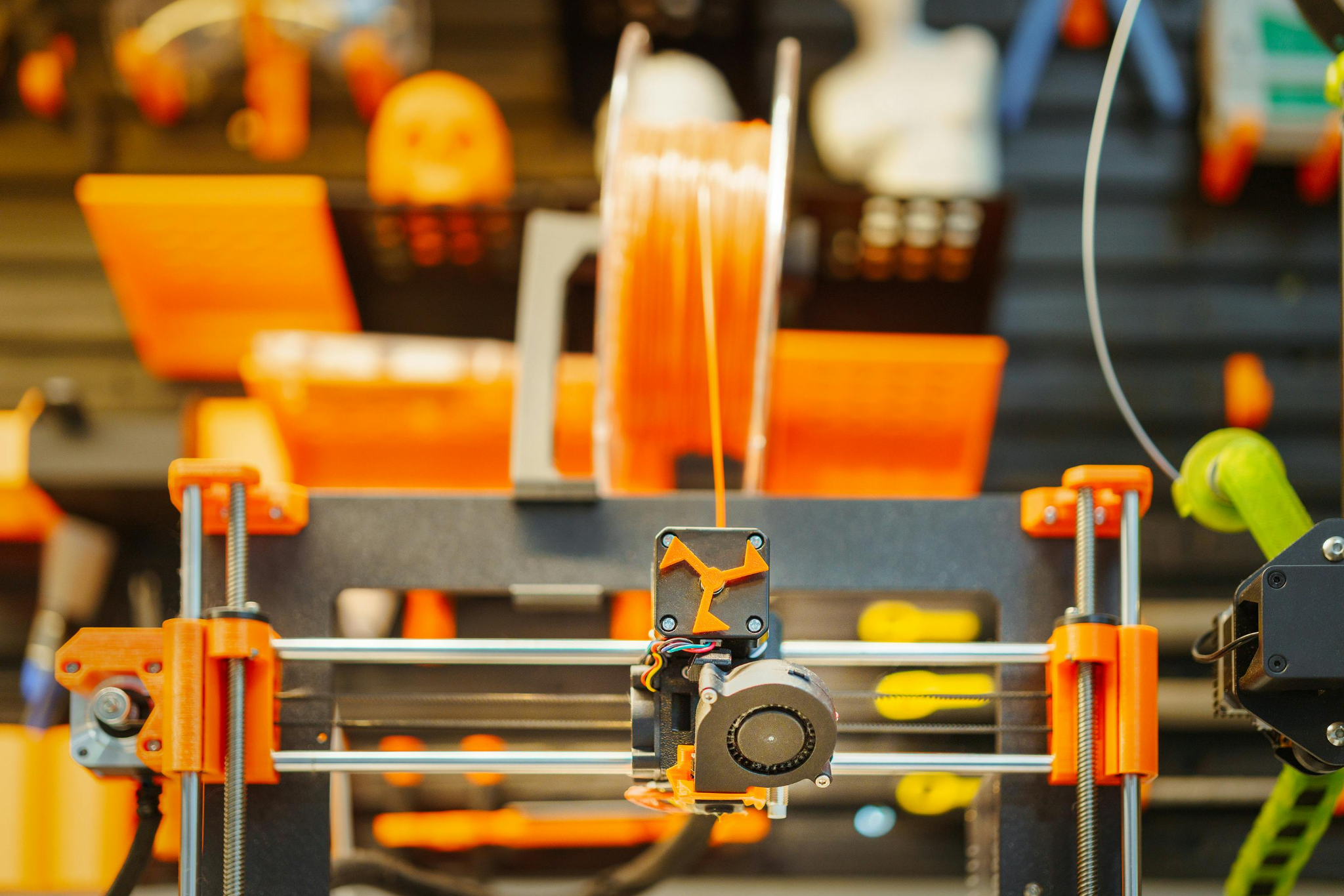
What is 3D Printing?
3D printing involves the creation of three-dimensional objects from a computer-aided design (CAD) model, typically by layering material in a process that adds rather than subtracts material. In the context of automotive manufacturing, this technology offers a powerful tool for building parts more efficiently and effectively. Here are the main types of 3D printing technologies used:
● Stereolithography (SLA): Uses ultraviolet light to form layers of resin.
● Selective Laser Sintering (SLS): Uses lasers to sinter powdered material.
● Fused Deposition Modeling (FDM): Melts a plastic filament to create layers.
● Multi Jet Fusion (MJF): Applies a binder to layers of powdered material and then fuses them with heat.
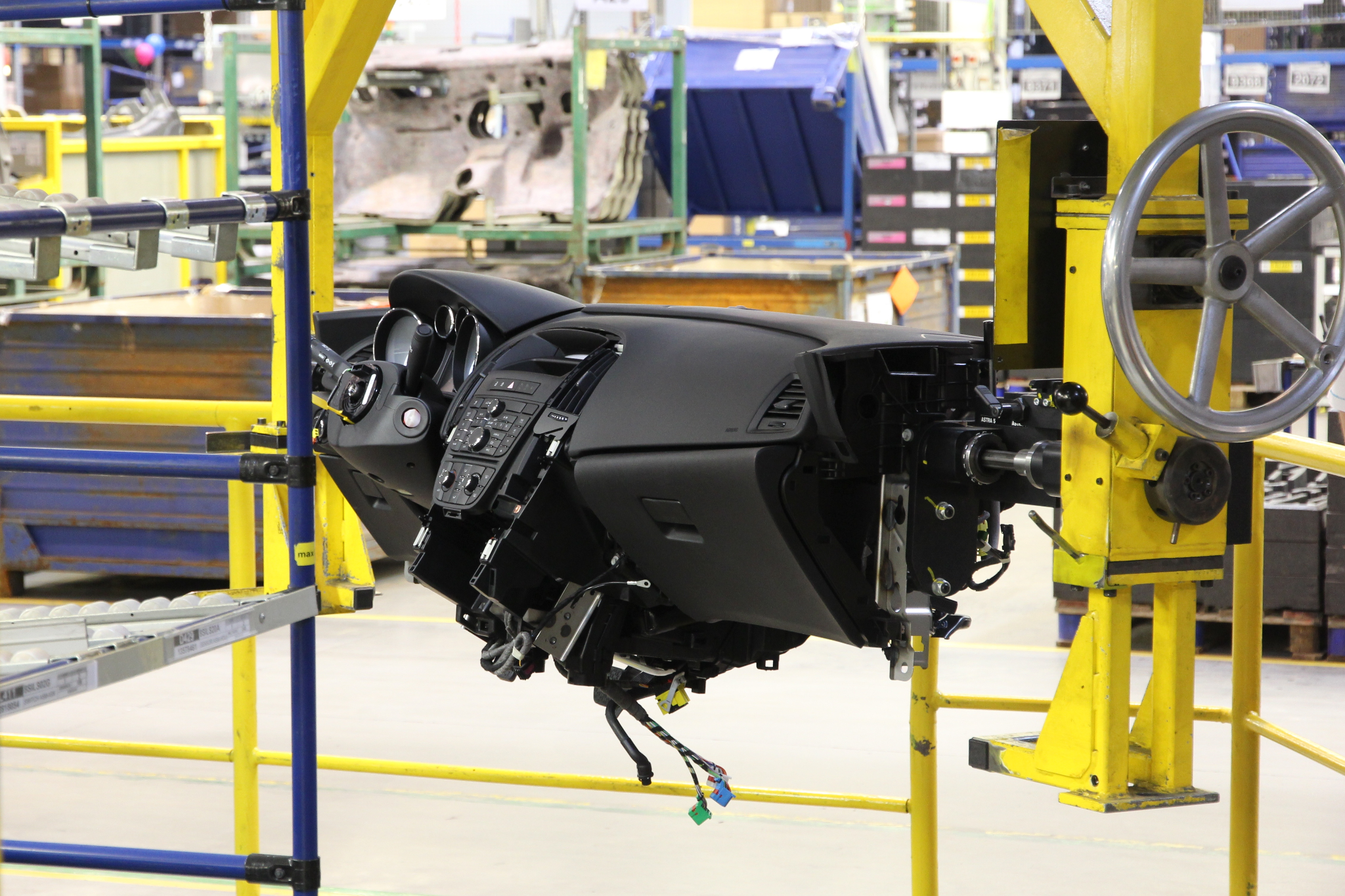
3D printing has revolutionized the automotive sector by allowing for faster production times, greater customization, and significant cost savings. The flexibility of 3D printing empowers designers to experiment with complex, performance-enhancing designs without the constraints of traditional manufacturing.
Innovative automotive design is one of the most significant benefits offered by 3D printing. For example, the ability to produce complex geometric shapes that are both lighter and stronger than traditional parts has led to vehicles that are both safer and more fuel-efficient.
The automotive industry benefits from reduced lead times, enhanced flexibility in manufacturing, and the ability to produce parts on demand without needing extensive inventory, leading to significantly increased efficiency and 3D printing cost reductions.
The choice of materials in 3D printing is critical and varies based on the required properties of the finished part:
● Metals: Aluminum and titanium are prized for their strength and lightweight properties.
● Polymers: ABS and Polyamide are used for their flexibility and durability.
● Composites: Carbon fiber composites are chosen for their exceptional strength-to-weight ratio.
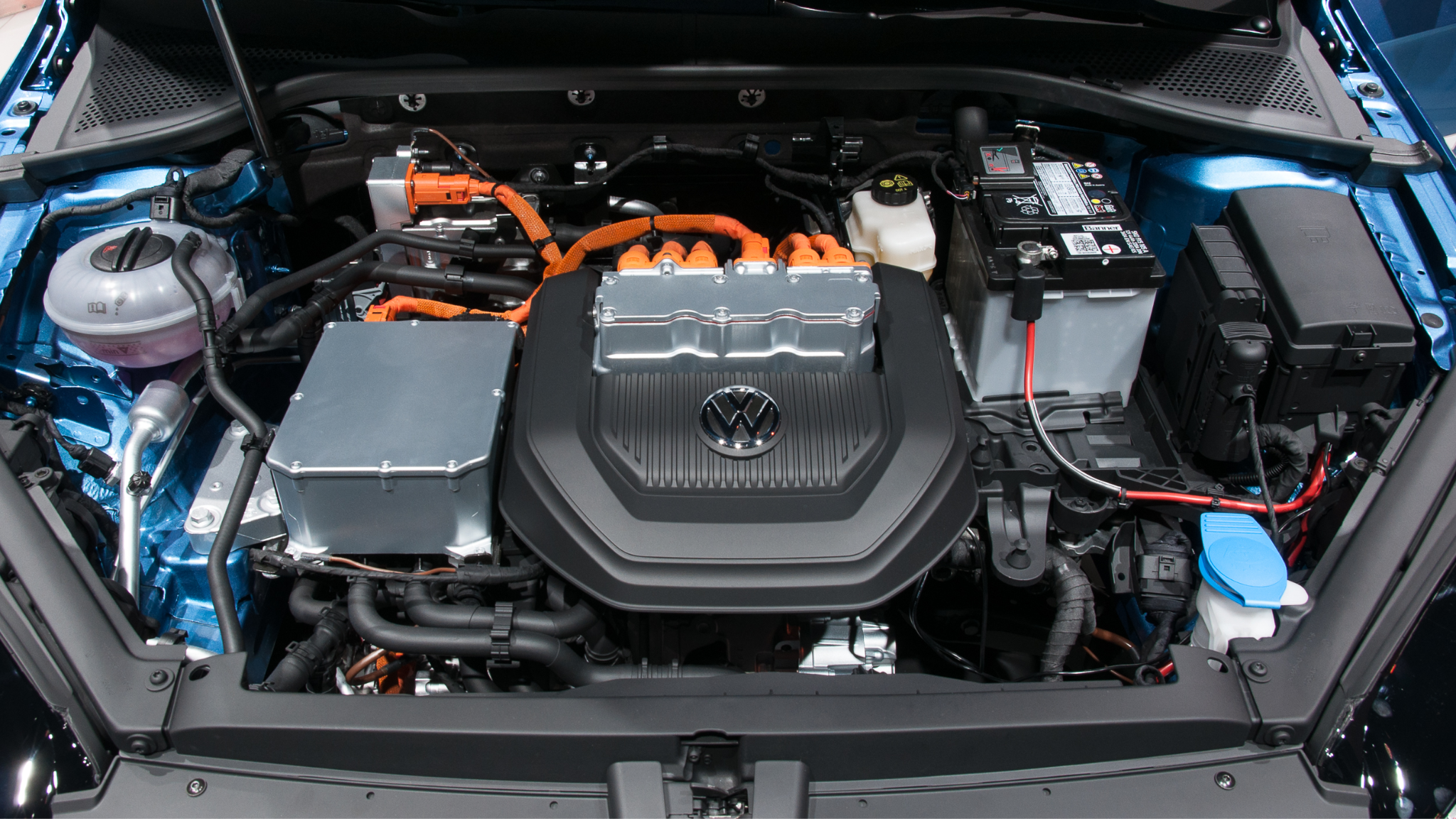
The 3D printing process in automotive manufacturing follows these steps:
1. Designing: CAD software is used to create digital models of parts.
2. Printing: Machines layer the selected material to form the part.
Post-processing: Additional treatments like sanding or sealing are applied.
Advanced software and tools are crucial for optimizing designs for 3D printing, ensuring that parts are both manufacturable and functionally robust.
The transition from prototype to production is seamless with 3D printing, significantly speeding up the development process and allowing for rapid testing and refinement.
One of the most exciting areas of advancement in 3D printing within the automotive sector is material science. Researchers and engineers are continuously developing new materials that can withstand the rigorous demands of automotive applications while enhancing performance. Innovations include lightweight metals that do not compromise on strength, heat-resistant polymers, and composites that integrate functionalities such as conductivity or transparency. These materials are not only revolutionizing what is possible in automotive design but are also paving the way for improvements in safety and efficiency.
The future of 3D printing in automotive manufacturing also lies in its integration with other manufacturing technologies. Hybrid manufacturing processes, which combine traditional manufacturing techniques like CNC machining with 3D printing, offer the best of both worlds—precision and versatility. This integration allows for more complex assemblies and the potential for mass customization, offering consumers personalized options that were previously unthinkable due to cost and production constraints.
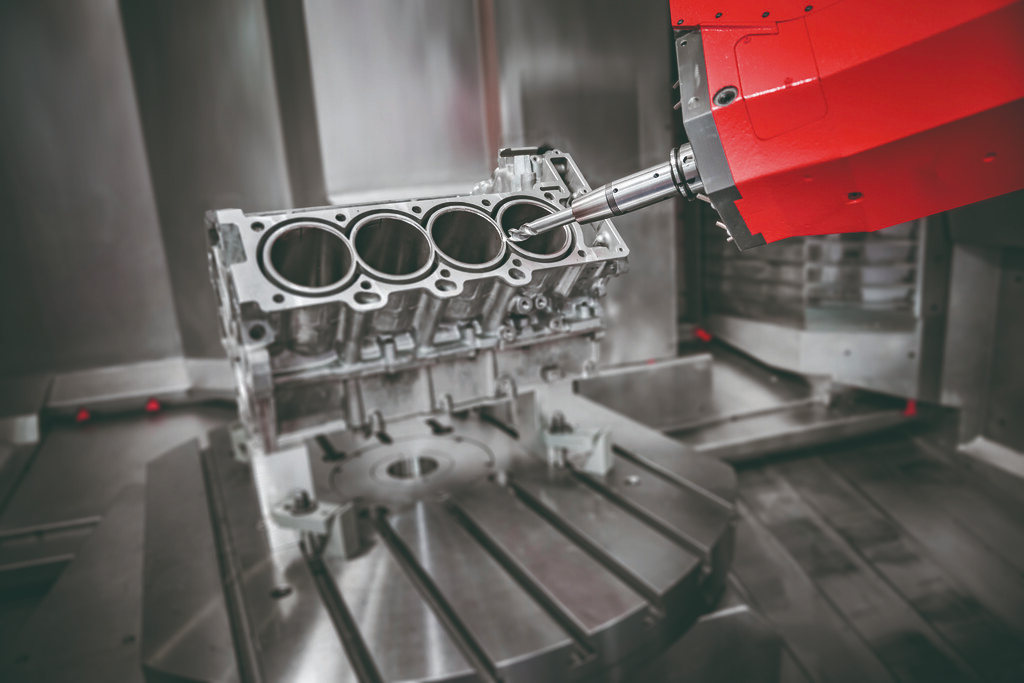
Achieving high-quality and consistent results is crucial for the adoption of 3D printing in automotive manufacturing. Best practices include rigorous testing of printed parts, regular calibration of 3D printers, and adherence to strict quality control standards. Additionally, ongoing training for staff and continuous process improvement can help in maintaining the quality and reliability of 3D printed automotive parts.
Sustainability is becoming increasingly important in all sectors, including automotive manufacturing. 3D printing contributes to sustainability in several ways:
● Reduction of Waste: Traditional manufacturing processes often involve subtractive methods that generate a significant amount of waste material. In contrast, 3D printing is additive, creating objects layer by layer and significantly reducing waste.
● Energy Efficiency: Although 3D printing equipment itself can be energy-intensive, the overall energy consumption of the manufacturing process is often lower because of the reduced need for transportation and fewer production steps.
● Recycling of Materials: Some 3D printing processes use materials that can be recycled, and ongoing advancements are enhancing the ability to reuse materials in new prints, further reducing the environmental footprint.
Several automotive companies have successfully integrated 3D printing into their operations, using it for everything from custom parts production to rapid prototyping, significantly reducing development cycles and production costs.
Despite its many benefits, 3D printing faces challenges such as the high cost of materials and machines, limited material availability, and the need for skilled operators.

3D printing reduces costs in several ways, from decreasing waste material to reducing the need for multiple prototypes. Comparisons between traditional manufacturing and 3D printing reveal significant savings in both time and materials.
To integrate 3D printing successfully, automotive manufacturers should focus on ensuring quality and consistency in their outputs and adopt sustainable practices to enhance their environmental impact.
The integration of 3D printing into automotive manufacturing represents a significant shift towards more innovative, efficient, and personalized production methods. As this technology continues to evolve, it promises to further disrupt the automotive industry, offering manufacturers the ability to not only streamline production processes but also reduce costs and enhance vehicle performance. The ongoing developments in materials science, combined with advancements in production technologies, are setting the stage for a future where 3D printing plays a central role in the automotive sector. With each innovation, 3D printing is proving to be an indispensable part of modern manufacturing, driving the automotive industry toward a more flexible and sustainable.
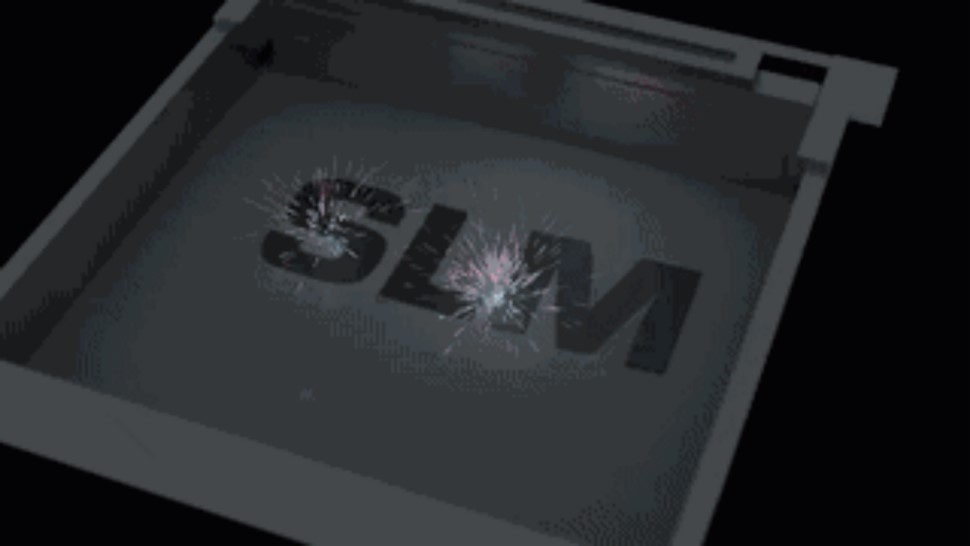
With its unique advantages, SLM metal 3D printing has emerged as a solution for manufacturing intricate metal structural components.
New materials and new technology make 3D Printing silicone possible now! Discover more in this article!
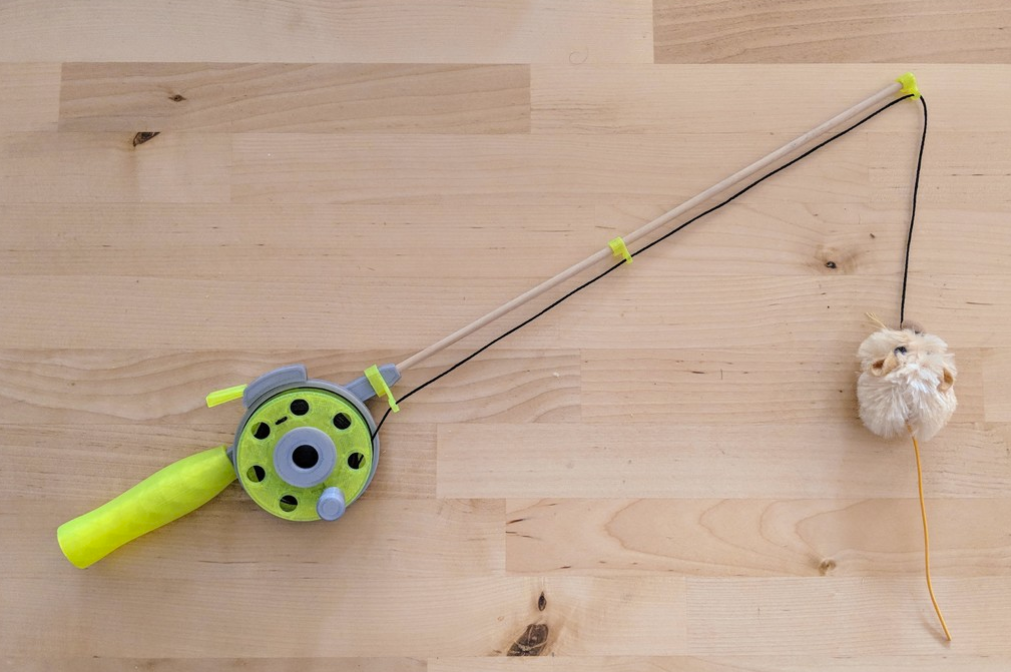
See what toys you can 3D print for your cats, check out the best 3D printed cat toys of 2023 here.
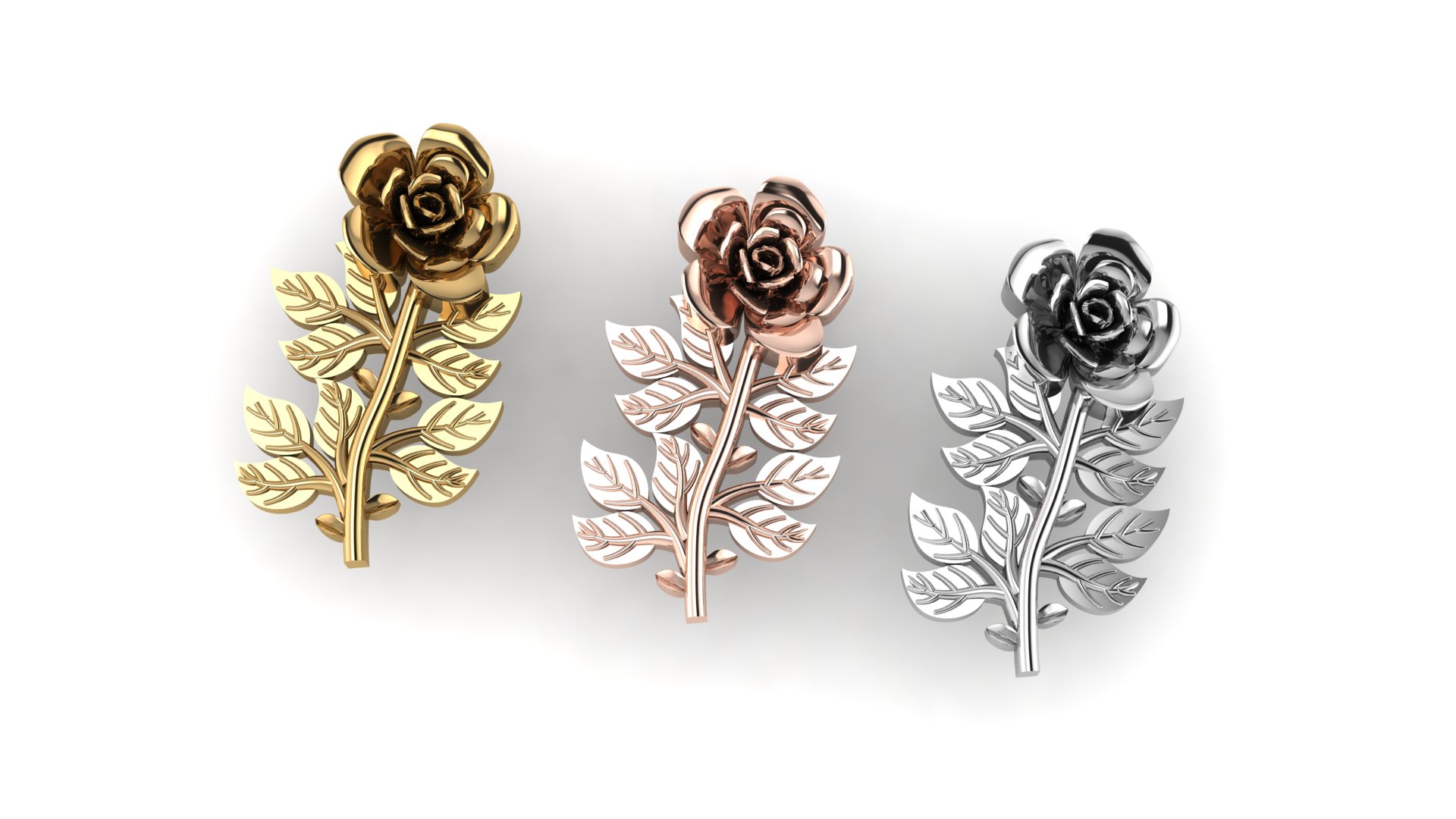
Want to make 3D printed jewelry for yourself or gain inspirations from jewelry 3D models? Check these jewelry STL files out!

With its unique advantages, SLM metal 3D printing has emerged as a solution for manufacturing intricate metal structural components.
New materials and new technology make 3D Printing silicone possible now! Discover more in this article!

See what toys you can 3D print for your cats, check out the best 3D printed cat toys of 2023 here.

Want to make 3D printed jewelry for yourself or gain inspirations from jewelry 3D models? Check these jewelry STL files out!
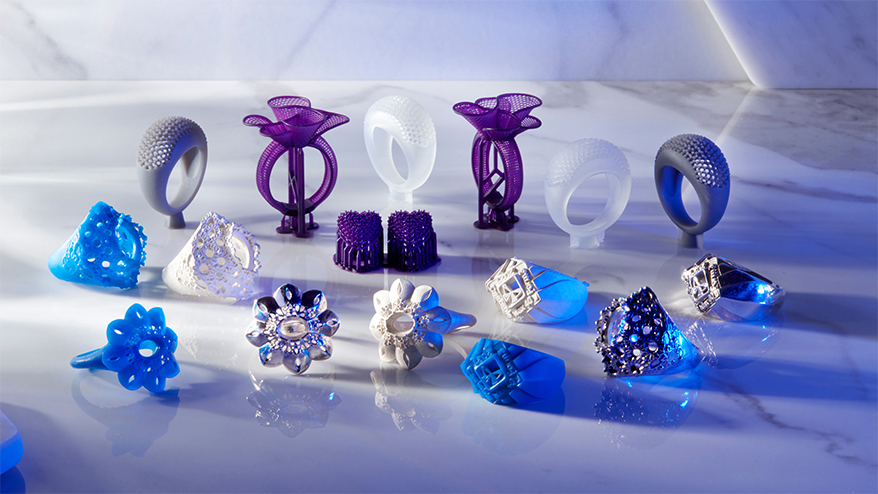
Whether you own a jewelry business or not, additive manufacturing play an important in nowadays jewelry industry. Check out reasons to choose 3D printed jewelry in this article!
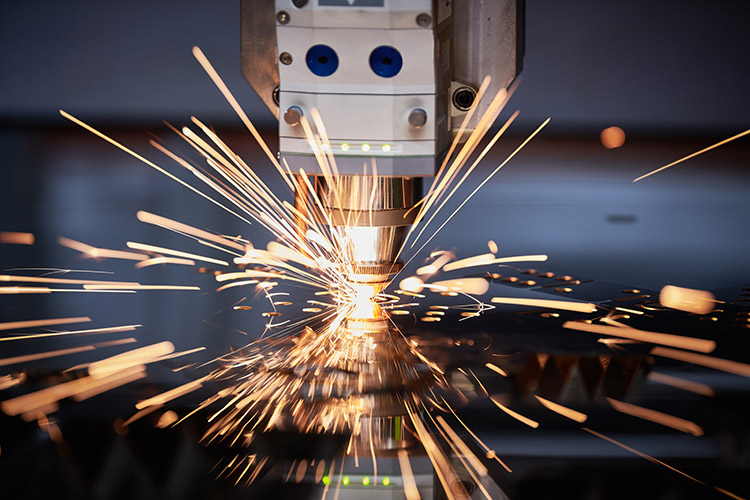
In this article, we’ll learn about CNC laser cutting to help you choose the right manufacturing service.
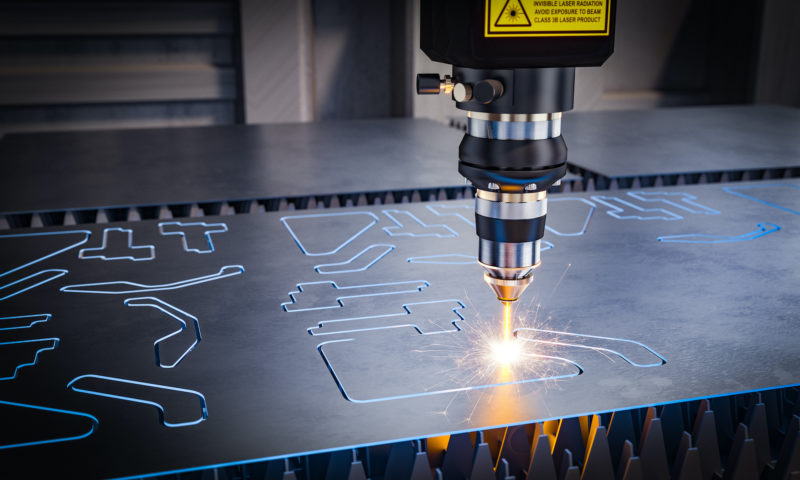
CNC machining has two types, CNC milling and CNC turning, and we will introduce three types of CNC milling machines in this article.
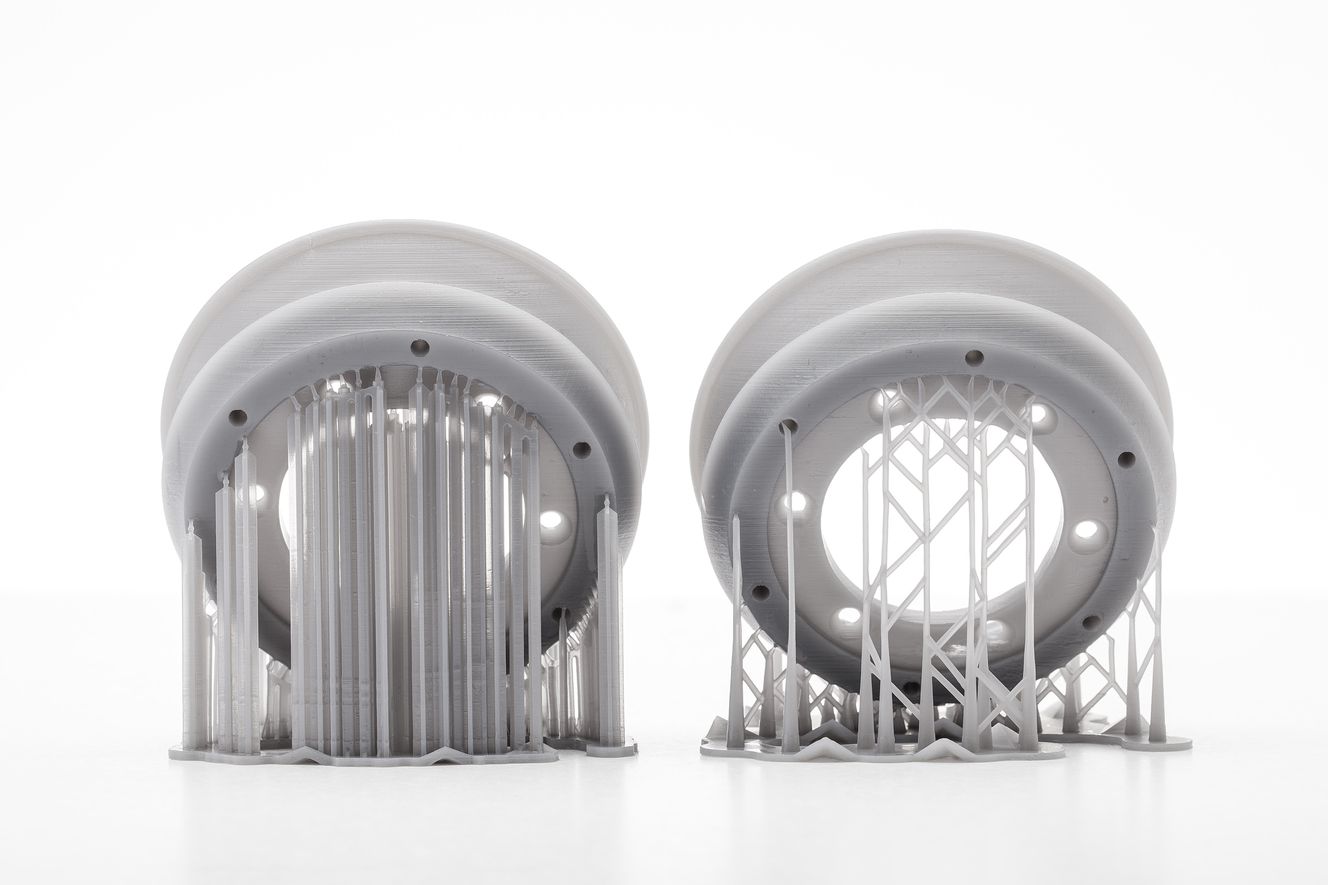
Here is the ultimate guide of 3D Printing support structures, learn more and eliminate warping in every printing experience!
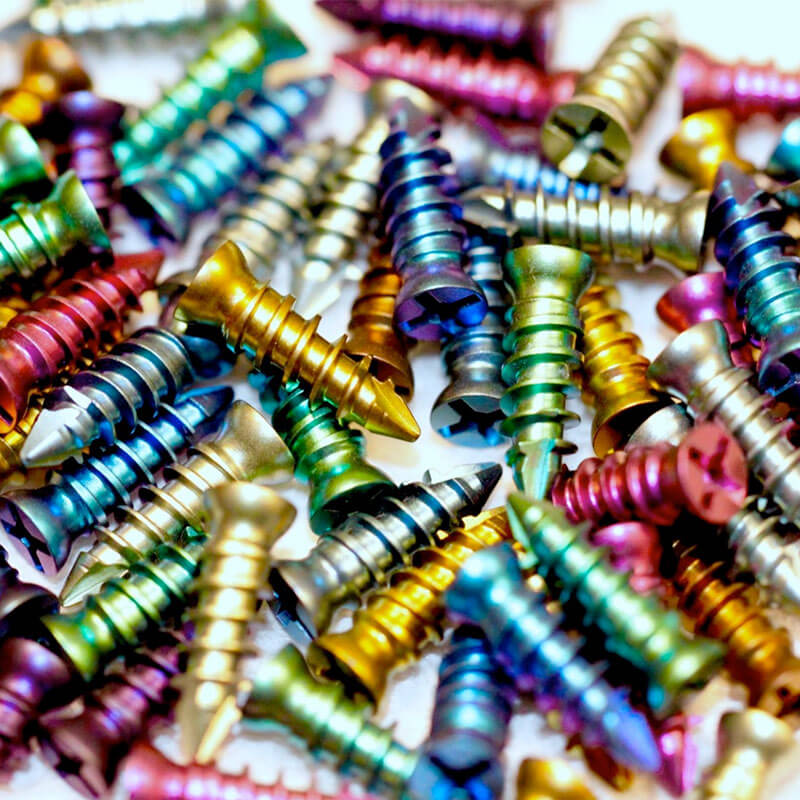
Check out what is titanium anodizing and how to anodize titanium.
.png)
We have listed ten excellent 3D modeling apps for you. Some are android modeling apps; others are iOS 3D modeling apps.
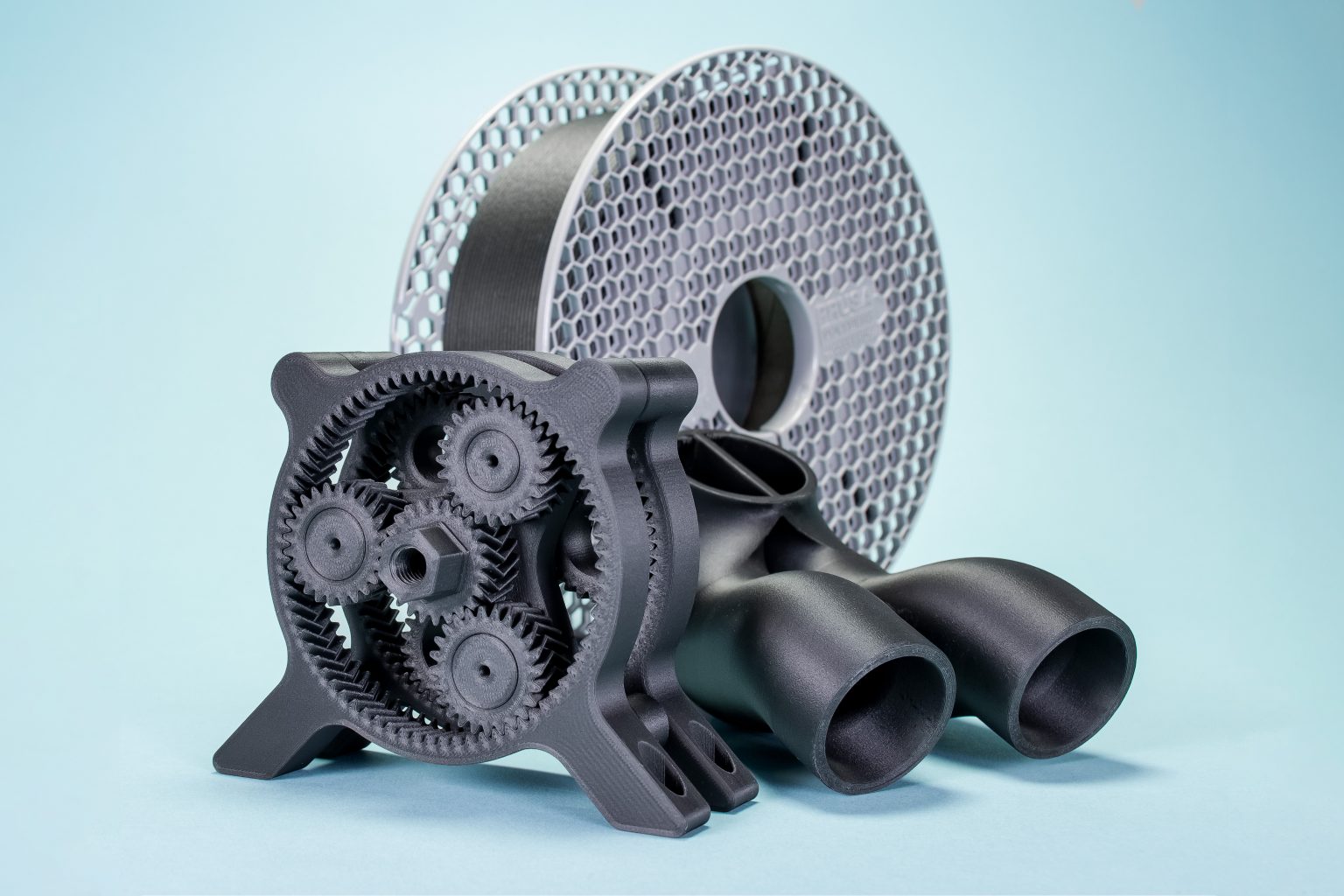
Check out the best carbon fiber 3D printers from desktop level to industrial level, and make your carbon fiber parts easily!
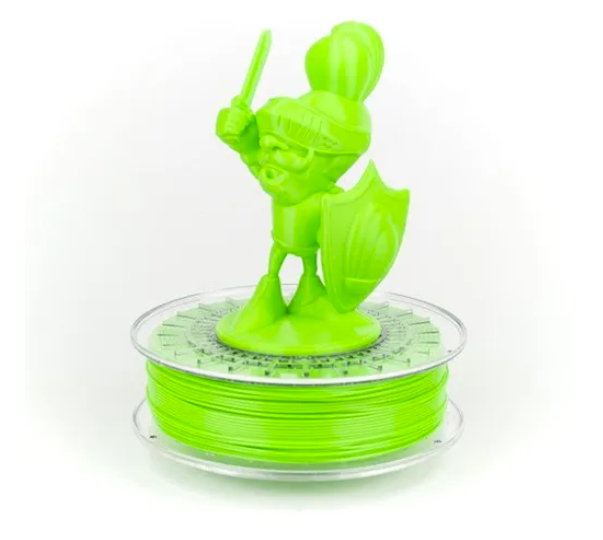
Carbon fiber 3D Printing can make robust parts with a detailed matte surface finish and discover the best carbon fiber filaments of 2023.

©2019-2025 WeNext Technology Co., Ltd. All Rights Reserved. 备案号:粤ICP备14084727号
This website uses cookies for better personalized services. By using our websites, you agree to this use. Privacy Policy
We use cookies to improve your experience, check out Privacy Policy.